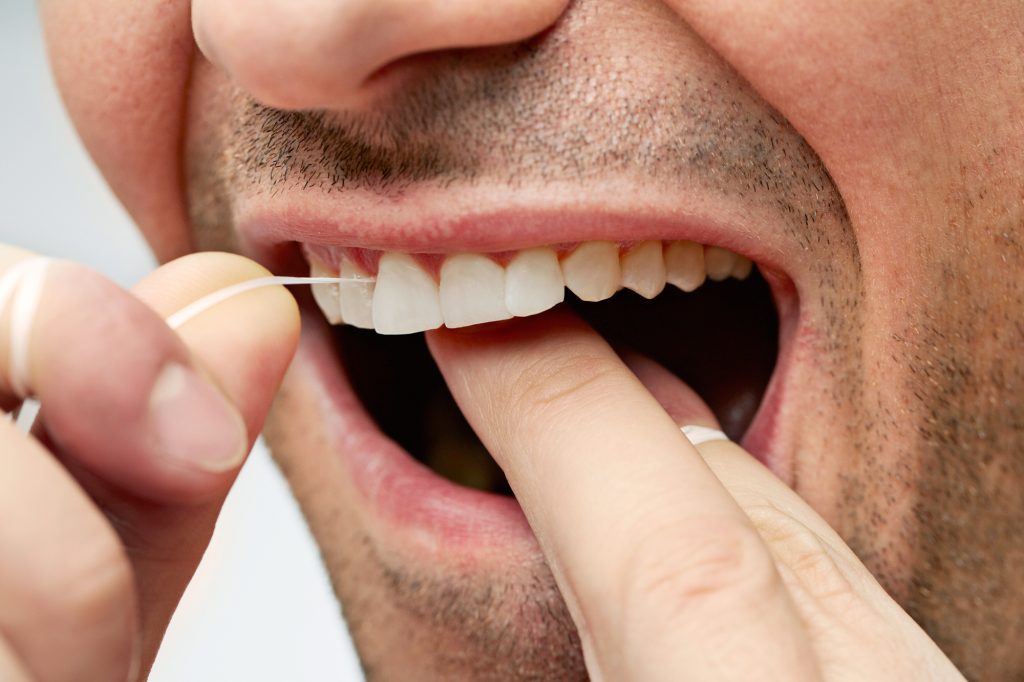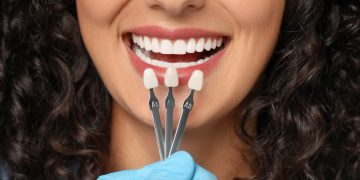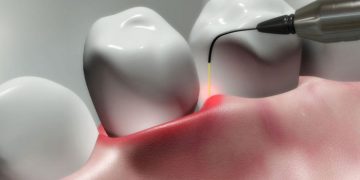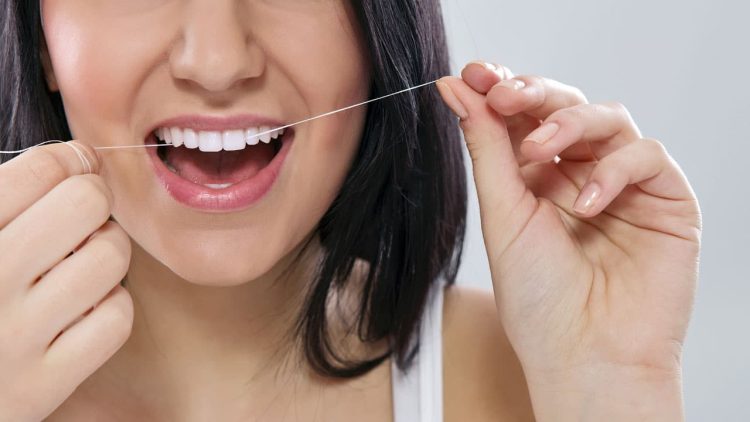Introduction
Gum disease, which includes gingivitis and more severe forms of periodontal disease, affects millions of people worldwide. Gingivitis, the earliest stage of gum disease, is caused by the accumulation of plaque on the teeth and gums. If left untreated, it can lead to more serious conditions such as periodontitis, which may result in tooth loss. Fortunately, the prevention of gum disease and gingivitis is relatively straightforward, with one of the most effective and often overlooked methods being regular flossing.
Flossing, along with brushing, plays a crucial role in removing plaque and food particles that accumulate between the teeth and along the gumline. These areas are difficult to reach with a toothbrush alone, and without proper care, plaque can harden into tartar, a major contributor to gum disease. In this article, we will explore how flossing impacts gum health, its role in preventing gingivitis, and the best flossing techniques to incorporate into your daily oral hygiene routine.
Flossing’s Role in Removing Plaque from Between Teeth
Plaque is a sticky, colorless film of bacteria that forms on the teeth and gums throughout the day. If left to accumulate, plaque can cause a variety of oral health issues, including cavities, bad breath, and gum disease. The bacteria in plaque feed on food particles, particularly sugars, and produce acids that attack the enamel and irritate the gums. When plaque is not removed regularly, it can lead to gingivitis, which is characterized by red, swollen gums that may bleed when you brush or floss.
Flossing plays an essential role in plaque removal. While brushing removes plaque from the surfaces of the teeth, flossing reaches the tight spaces between the teeth and along the gumline—areas that toothbrush bristles may not effectively clean. By removing plaque from these hard-to-reach places, flossing helps to prevent the accumulation of bacteria that could lead to gum disease.
There are different types of dental floss available, including waxed, unwaxed, flavored, and tape-style floss. Some people prefer using a flossing tool, such as a flosser or interdental brush, to make the process easier. Regardless of the type, the goal remains the same: to remove plaque and food particles from between the teeth, where bacteria thrive.
How Plaque Leads to Gum Disease and Gingivitis
Gingivitis is the earliest and most common form of gum disease. It develops when plaque builds up along the gumline and causes inflammation of the gums. The signs of gingivitis include redness, swelling, tenderness, and bleeding of the gums when brushing or flossing. If left untreated, gingivitis can progress to periodontitis, a more severe form of gum disease that affects the deeper tissues supporting the teeth. Periodontitis can result in gum recession, tooth mobility, and even tooth loss.
The process of gingivitis begins when plaque is not removed effectively from the teeth. Plaque harbors bacteria that release toxins, which irritate and inflame the gum tissue. The body responds by sending more blood to the gums, which causes them to become swollen and bleed easily. As plaque continues to accumulate, it hardens into tartar, which can only be removed by a dental professional. Tartar provides a rough surface for further plaque accumulation, exacerbating the problem and potentially leading to more severe gum disease.
The connection between plaque buildup and gum disease underscores the importance of regular oral hygiene practices, such as flossing, to remove plaque before it can cause damage to the gums. Flossing is an essential step in preventing gingivitis and maintaining healthy gums by ensuring that plaque doesn’t accumulate in the spaces between the teeth and gums, where it is most likely to cause irritation and inflammation.

Correct Flossing Techniques to Improve Gum Health
While flossing is crucial for gum health, it’s important to use the correct technique to avoid injuring the gums and ensuring effective plaque removal. Many people may not realize that improper flossing can cause harm rather than benefit. Below are some tips for proper flossing techniques:
1. Use Enough Floss
Begin by cutting a piece of dental floss that is about 18 to 24 inches long. This length allows you to use a clean section of floss for each tooth, ensuring that you’re not transferring plaque from one area to another. It’s important to avoid using too short a piece of floss, as this will make it difficult to reach all areas of your mouth effectively.
2. Wrap the Floss Around Your Fingers
Wrap most of the floss around your middle fingers, leaving a few inches of floss between them. Hold the floss tightly between your thumb and index fingers, and leave the remaining floss loosely wound around your fingers so that you can move it easily as you floss each tooth.
3. Gently Insert the Floss Between Your Teeth
Gently slide the floss between your teeth, being careful not to snap or force it into place, as this can cause damage to your gums. If the floss gets stuck, you can use a gentle back-and-forth motion to work it through, but never force it between tightly spaced teeth.
4. Curve the Floss Around Each Tooth
Once the floss is between your teeth, curve it into a C-shape against the side of one tooth. Gently slide the floss up and down along the surface of the tooth, going below the gumline to remove plaque and food particles. Be sure to clean both sides of each tooth.
5. Use a Clean Section of Floss for Each Tooth
As you move to the next tooth, unwind the floss slightly from one finger and wind the used section around the other finger. This ensures you’re using a fresh section of floss for each tooth, minimizing the risk of transferring bacteria from one area to another.
6. Be Gentle on Your Gums
Flossing too aggressively or snapping the floss can cause irritation, bleeding, and damage to your gum tissue. Always use a gentle back-and-forth motion to avoid injury. If your gums bleed when you floss, it could be a sign of gum disease, but consistent flossing can help improve the health of your gums over time.
7. Floss Every Day
To achieve maximum benefits, flossing should be done every day, preferably before brushing your teeth. Flossing at night is especially important because it removes food particles and plaque accumulated throughout the day. If you’re not sure whether you’re flossing correctly, ask your dentist or dental hygienist to demonstrate proper technique during your next visit.
Conclusion
Flossing is a simple yet incredibly effective practice that plays a crucial role in maintaining gum health and preventing gingivitis. By removing plaque from between the teeth and along the gumline, flossing helps prevent the buildup of harmful bacteria that can lead to gum disease. Combined with regular brushing and professional dental cleanings, flossing is one of the most important steps in maintaining optimal oral hygiene.
While the benefits of flossing are undeniable, it’s essential to use the correct technique to ensure its effectiveness and to avoid causing damage to your gums. If you’re diligent about flossing every day and practicing good oral hygiene habits, you can significantly reduce your risk of gingivitis and enjoy healthy, vibrant gums for years to come.













































Discussion about this post